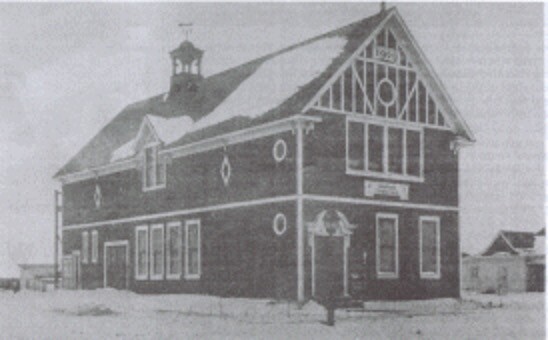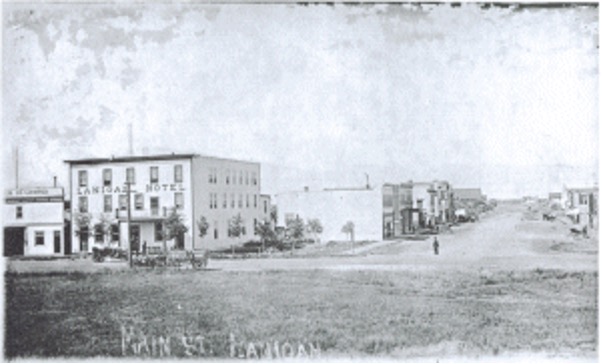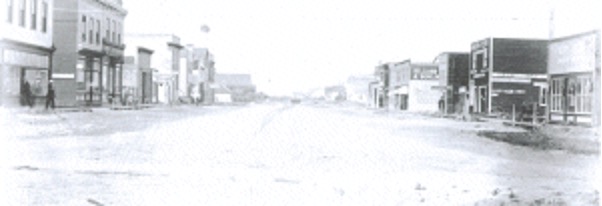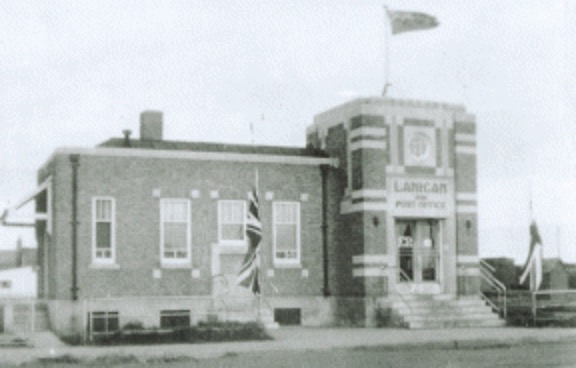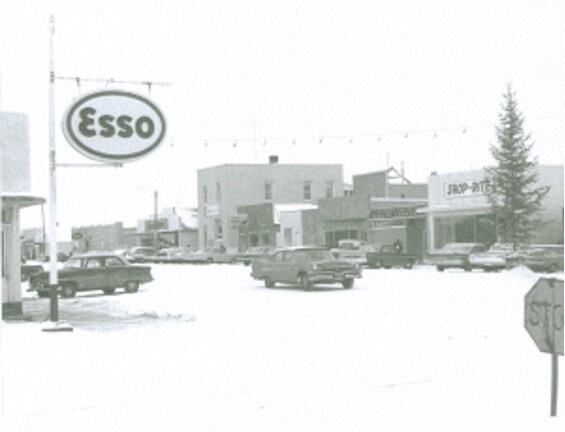History
PAST
The arrival of the Canadian Pacific Railway (CPR) transformed Lanigan from a small hamlet into a thriving town. As a key divisional point on the CPR mainline between Winnipeg and Edmonton, Lanigan became an essential hub where steam locomotives would stop to take on coal and water from a massive tower storage, with water piped from a well four miles away. This strategic location connected Lanigan to major cities like Saskatoon, Prince Albert, Yorkton, Melfort, and Regina, making it a vital part of Saskatchewan’s transportation network.
Located just east of Lanigan is the Historic Carlton Trail, once a key route for early pioneers and traders. Lanigan was officially incorporated as a Village in 1906 and quickly gained Town status by 1908, marking the beginning of its development as a significant community in the region.
PRESENT
The discovery of potash in 1963 marked a new era of growth and prosperity for Lanigan. The European-based Alwinsal Corporation of Canada began mining potash just 11 kilometers west of the town, tapping into one of the richest and purest potash deposits in the world. This led to a population boom, with Lanigan’s population swelling from 450 to 1,875 by the mid-1970s.
In 1977, the Potash Corporation of Saskatchewan purchased the mine, continuing its operation and cementing Lanigan’s reputation as a key player in the global potash industry. In 2018, the Potash Corporation of Saskatchewan merged with Agrium to form Nutrien, further solidifying the town's connection to this vital industry. Today, Lanigan continues to thrive, blending its rich historical roots with ongoing economic development.


